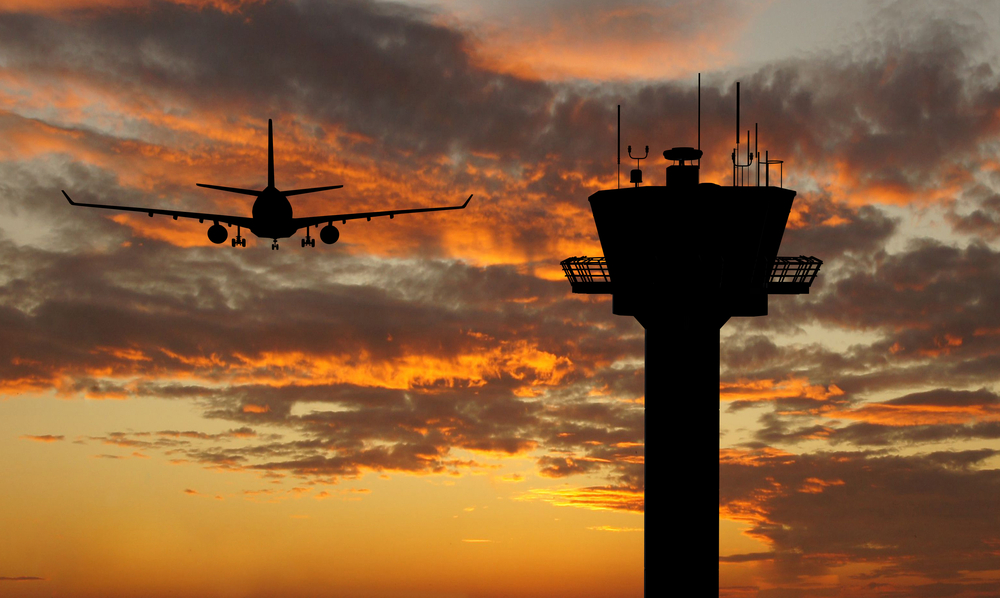GaN Driving RF Power semiconductor growth

Commercial avionics and air traffic control becoming 'a significant market', says ABI Research
Spending on RF power semiconductors (for <4GHz and >3W) was nearly $1.5 billion in 2017. The wireless infrastructure segment was flat but other markets "“ notably military/defence "“ are moving forward, according to ABI Research, a US market-foresight advisory firm.
Additionally, GaN "“ long seen as the likely promising new 'material of choice' for RF power semiconductors "“ is continuing its march to capture share.
"GaN has the promise of gaining market share in 2018 and is forecast to be a significant force over the next few years," noted ABI Research director Lance Wilson. "It bridges the gap between two older technologies, exhibiting the high-frequency performance of GaAs combined with the power handling capabilities of Silicon LDMOS. It is now a mainstream technology which has now achieved measurable market share and in future will capture a significant part of the market."
Wireless infrastructure, while representing about two-thirds of total sales, has been lacklustre recently, says ABI. Growth for other segments outside of wireless infrastructure is showing mid-single digit CAGR over the forecast period of 2018 to 2023.
The vertical market showing the strongest improvement in the RF power semiconductor adoption business, outside of defence, is commercial avionics and air traffic control, which Wilson describes as being now 'a significant market'. While the producers of these devices are in the major industrialised countries, this sub-segment market is now so global that end equipment buyers can be from anywhere.
These findings are from ABI Research's 'RF Power Semiconductors Market Data' report and a companion narrative and discussion, 'RF Power Semiconductors: Silicon, Gallium Nitride, and Gallium Arsenide High-Power RF Devices' report.


































